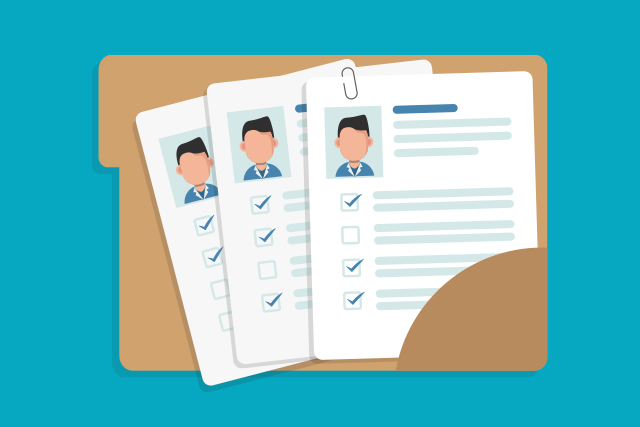There is no shortage of benefits when it comes to telehealth practices. Patients save time, money, and the stress associated with seeing a doctor in person. Physicians are able to see more patients in a shorter amount of time and provide treatment plans in other states. Healthcare facilities save money by reducing in-person expenses and no-show patients, and insurance companies save approximately $126 with each virtual appointment.
Strengthening patient/provider communication channels is one of the most powerful benefits of operating an alternative telehealth practice. Strong, trust-filled communication leads to better outcomes for patients. Online appointments, patient records, communication portals, billing, and scheduling gives patients the power to access all aspects of their medical care from the comfort of home, in turn, making healthcare more approachable and more accessible.
In a study involving 366 conventional medicine patients, 69% of patients had a clear understanding of their healthcare treatment plans. 28% of participants had some idea of their treatment plans, and 3.1% had no understanding of their treatment plans.
Patients seeking alternative medicine usually want to be heavily involved with their care. They won’t take a backseat approach and oftentimes, having a greater level of ownership over their care plan is their primary reason for choosing a functional medicine doctor. Patients also find themselves in alternative medicine practices when conventional treatment fails to meet their needs, welcoming a hands-on role in their treatment.
Having strong communication channels is imperative for alternative practices to meet the needs of their heavily-involved and committed patients. Telehealth puts patients in the driver’s seat of their treatment plan, by offering both async and sync methods of communication. Patients can call the practice directly, send messages through the chat system, or refer directly to their medical records.
Telehealth Removes Physical Barriers to Receiving Healthcare

Removing the barrier to physical accessibility is the first component of using telehealth to strengthen patient/provider communication channels. Lack of transport is one of the most common reasons people miss or reschedule doctor’s appointments, mostly affecting low-income families. 25% of patients missed an appointment due to transportation problems, according to two studies mentioned in this review.
Missed, and even delayed appointments create gaps in patient healthcare plans and even lead to late diagnoses. Telehealth appointments make quality healthcare accessible to patients from home, across varying income levels, and guarantee complete communication about treatment plans. There is no longer a concern about finding a ride or shuffling schedules to make doctor’s appointments.
For mental health patients, telehealth therapy is a viable option. As concerns about leaving the comfort of home are more prevalent than ever, virtual appointments are a breath of fresh air for those suffering from conditions like depression or anxiety.
Patients Are Offered Daily, After-Hours Support With Telehealth

Providing an avenue for questions and concerns to be addressed ensures your patients aren’t in the dark about their healthcare. Scheduling, tech support, incoming phone calls, text messages, and chat questions can be handled by a daily patient support department to avoid burdening clinical staff.
It’s not the goal of a telehealth practice to make patients happy, the goal is to make patients well. However, a patient-centric model of care is quickly becoming the standard across the healthcare industry. This includes the administrative side of seeing a doctor. A line of support bridges the gap between patient and provider, ensuring all questions and concerns are addressed in the most efficient way possible.
Making Patient Data Accessible
When you’re an alternative telehealth practice, all of your electronic health records are stored online. Thankfully, that’s a positive thing, as electronic health records (EHRs) can lead to better patient outcomes.
Out of the 2014 National Physician’s Survey, 75% of providers reported using EHRs. 65% of those providers said patient care improved after implementing EHRs. Keep in mind, this survey is targeting conventional medicine doctors, however the principle is the same.
With EHRs and online databases, providers can now view graphs of weight, cholesterol levels, blood pressure, and other measurable changes. Looking at these numbers and quickly comparing them alongside each other would have been nearly impossible with physical medical records. Patients can also access these numbers and see for themselves the progress being made.
We can’t ignore the direct link between EHRs and improved disease outcomes, either. A randomized clinical trial of 21 healthcare practices showed a reduction in blood pressure in patients with hypertension, who were screened for and received advice on high-risk drinking, alcohol abuse, or alcohol dependence through an electronic intervention.
Launching and Scaling Your Alternative Telehealth Practice
Alternative telehealth practices have been piecing together software and tools to run an efficient operation. Now, Heally’s telehealth software for alternative medicine clinics is removing the guesswork.
Our patient support department handles patient concerns seven days a week, from 7 AM to 10 PM. The software is equipped with HIPAA-compliant video software, AI-powered charting, self-service patient enrollment, and online billing and payment processing.
Schedule a demo to see how Heally’s software can help your alternative telehealth practice.


